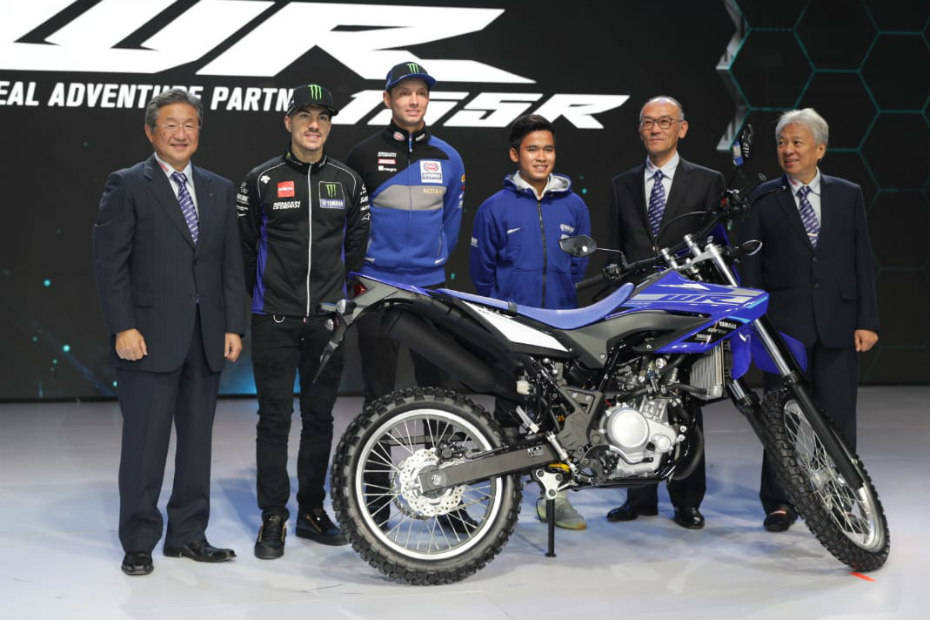Yamaha WR 155R Based On R15 V3.0 Launched In Indonesia
Modified On Dec 2, 2019 05:51 PM By Alpesh Rajpurohit
- 6529 Views
- Write a comment
With the WR 155R, Yamaha is offering four body styles in its 155cc segment
- The WR 155R is longer, wider and taller than the R15 V3.0.
- It gets dual-purpose tyres, spoke wheels and a digital instrument cluster.
- The 155cc engine produces slightly less power and torque.

Yamaha has added another 155cc motorcycle to its international model lineup, the WR 155R. The new entrant is a dual-purpose motorcycle that shares its underpinnings with the likes of R15 V3.0, MT-15 and the recently launched XSR155. With the WR 155R, Yamaha’s 155cc lineup is now more diversified than ever -- there’s a fully faired sportbike, a naked, a neo-retro and a dual-purpose model!

Now, Yamaha already has a WR 250R in its international model lineup, but the WR 155R could help the bike maker attract more sales in the Southeast Asian countries. And honestly, who doesn’t love a small dual-purpose bike? Although the WR 155R is based on the R15 V3.0, the Japanese bike maker has tweaked the chassis to suit its trials character. For instance, the WR 155R is 155mm longer, 115mm wider and 65mm taller than the R15 V3.0! It sits on a semi-double cradle frame and tips the and tips the scale at 134kg -- 8kg less than the R15 V3.0.

Being a dual-purpose motorcycle, the WR 155R gets wide handlebars, knobby tyres with spoke wheels and a long seat. However, riders with a short frame might be a bit uncomfortable while putting their feet on the ground because of its high 888mm of seat height, which is a whopping 65mm more than the XPulse 200! To make sure you don’t rub the belly of the WR 155R, Yamaha has given it a ground clearance of 245mm.
Powering the WR 155R is the same VVA-equipped 155cc unit as seen in the other motorcycles. In the WR 155R, this powerplant makes 16.7PS and 14.3Nm of torque. While the power is down by 2.7PS and torque by 0.4Nm, it’s produced at a lower 6500rpm. Transmission duties are handled by the same six-speed gearbox as seen on the other motorcycles. However, we expect Yamaha might have tuned the rearing ratios. Suspension duties are handled by a telescopic fork at the front and a monoshock at the rear. Anchorage is provided by disc brakes at both ends, with no ABS, even as an option!

As far as its India launch is concerned, we don’t see that happening anytime soon as the off-road segment is still a niche in our country. You can, however, opt for the Hero XPulse 200, which is priced at Rs 1.05 lakh (ex-showroom). Even if the WR 155R comes to India, it is likely to be priced around the same ballpark as its fully faired cousin, at Rs 1.40 lakh.
